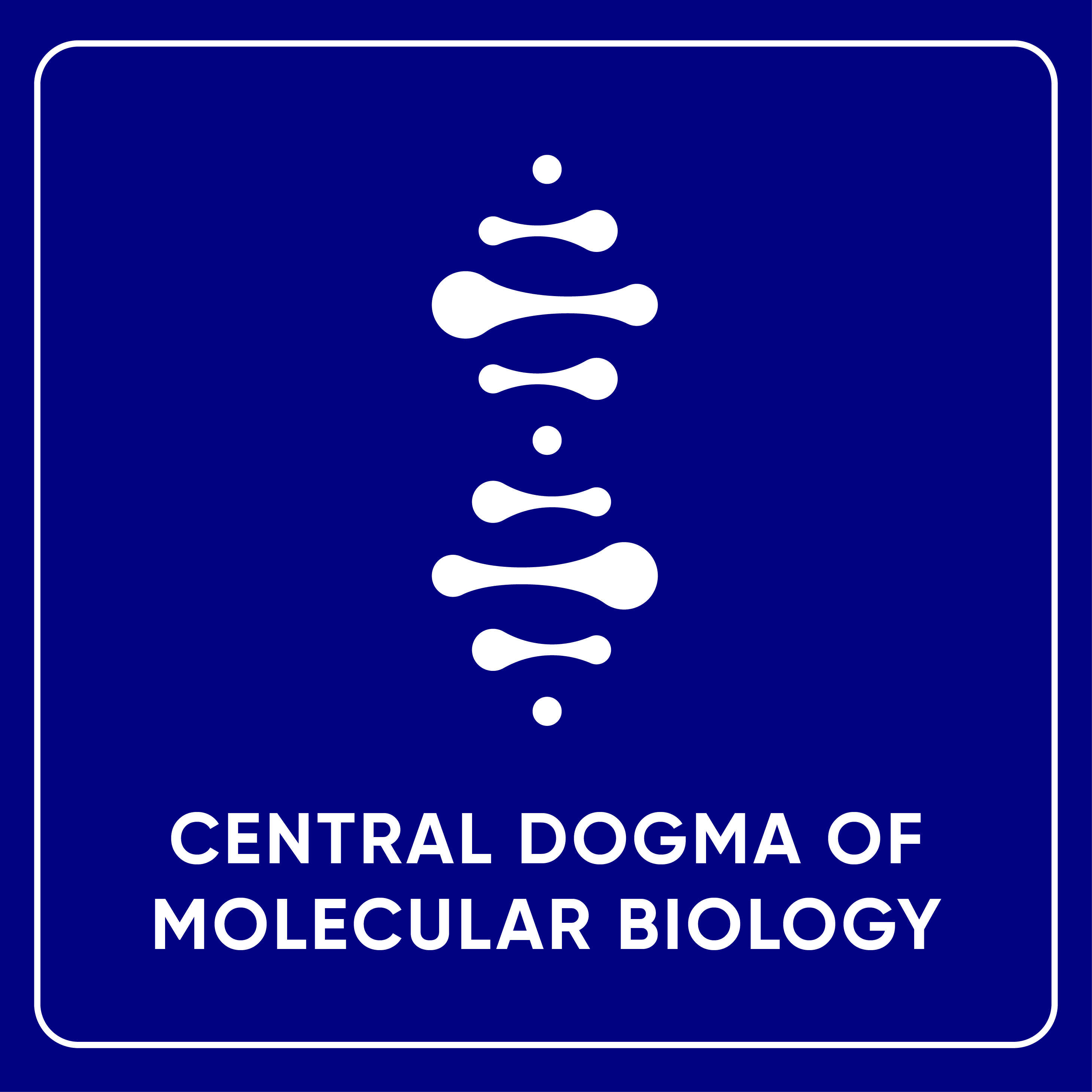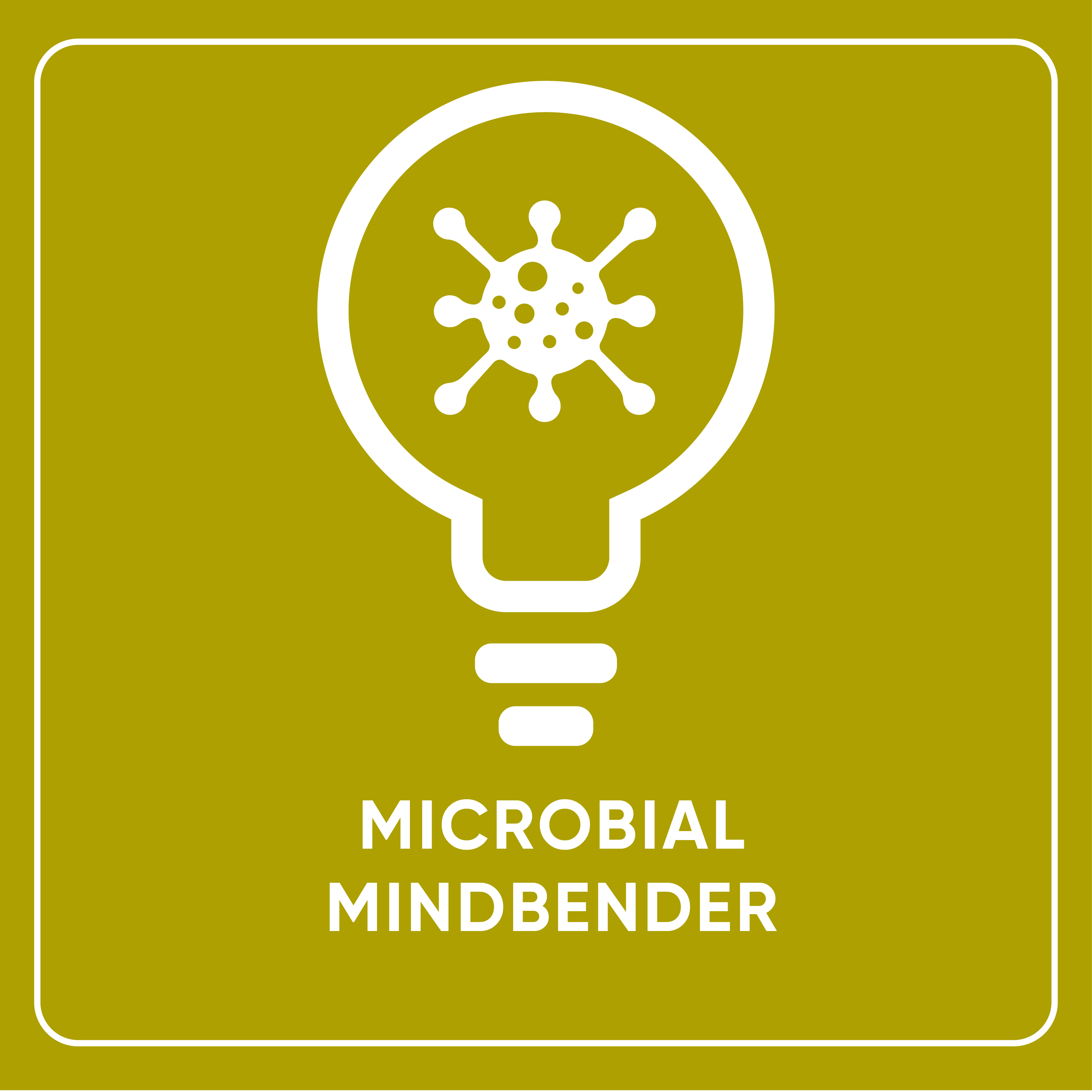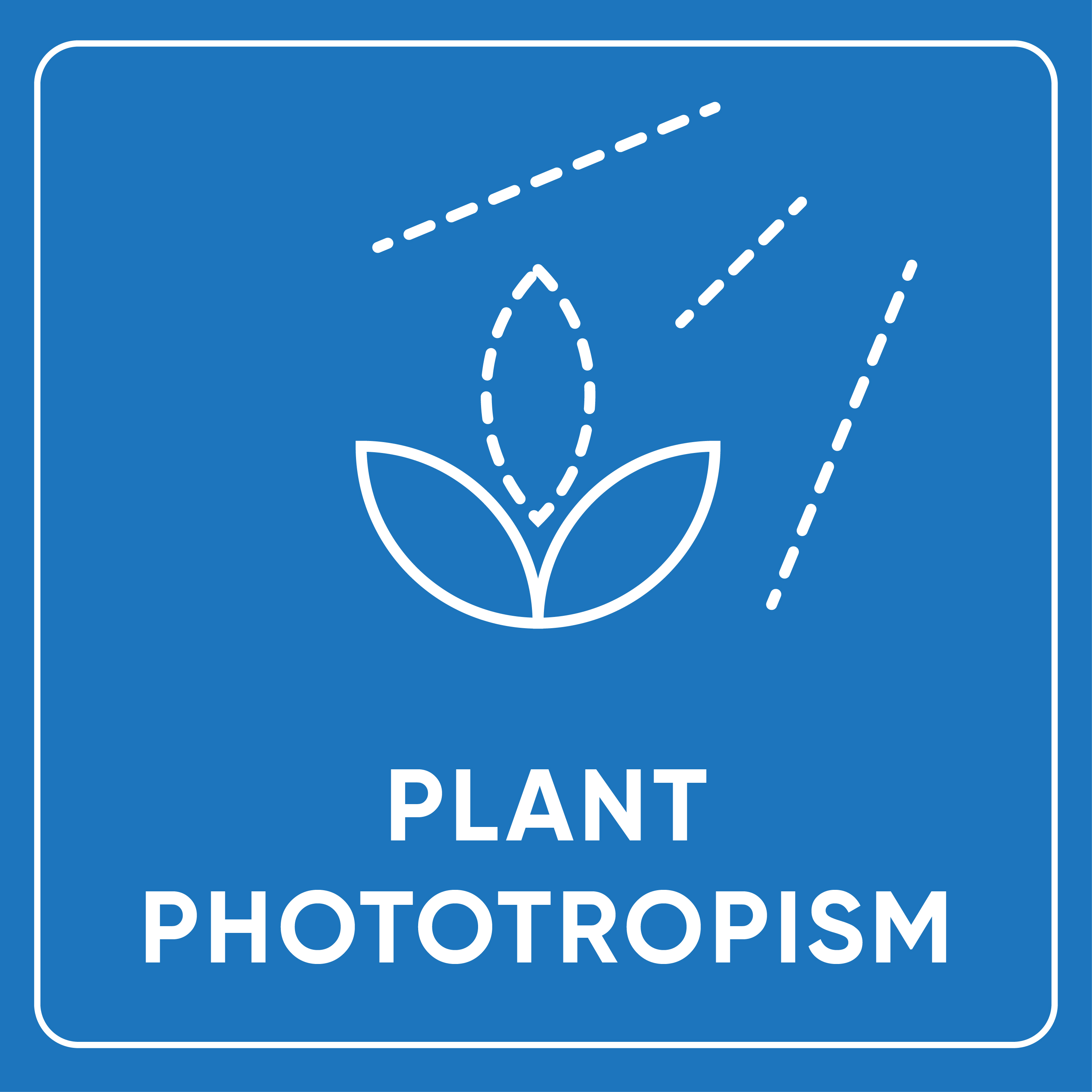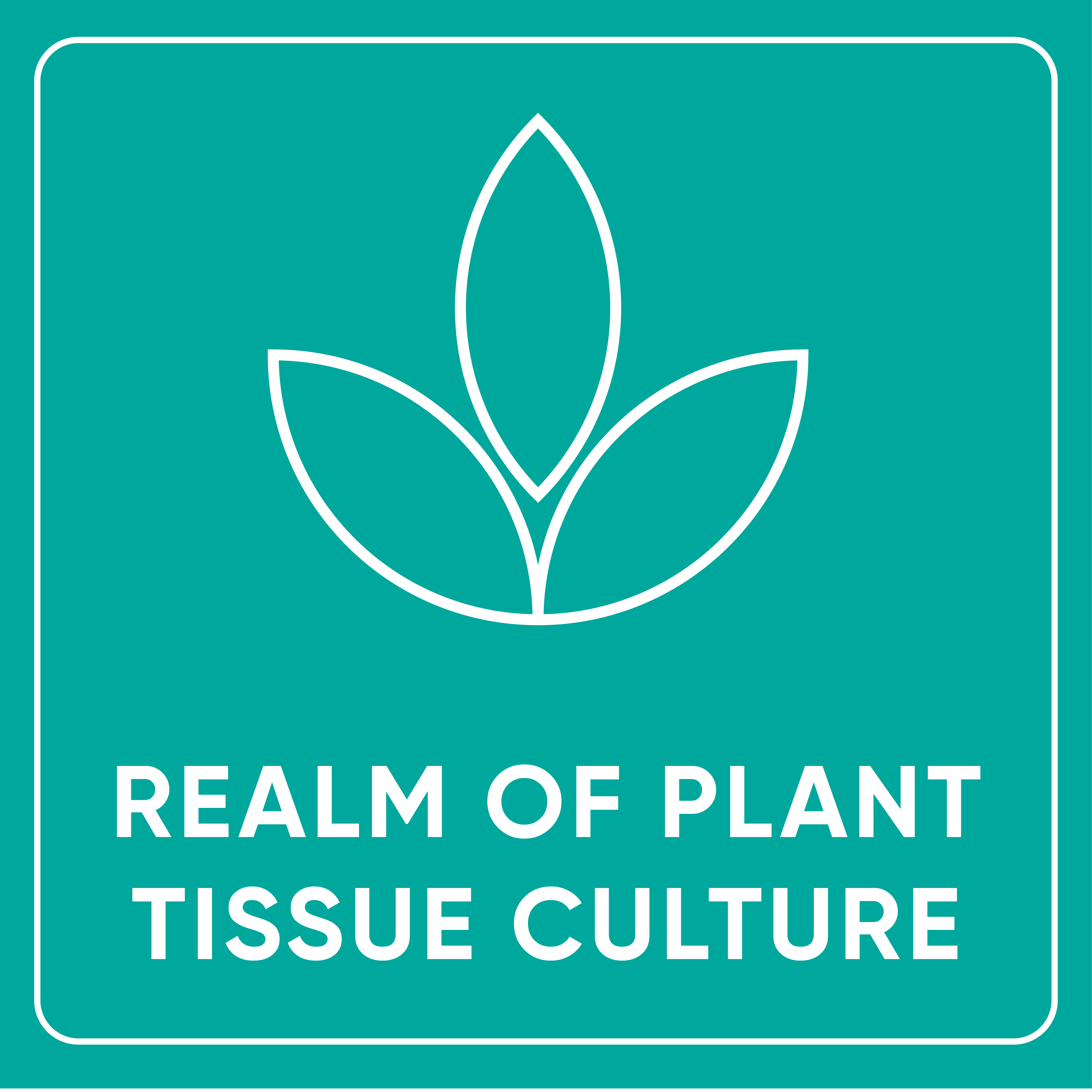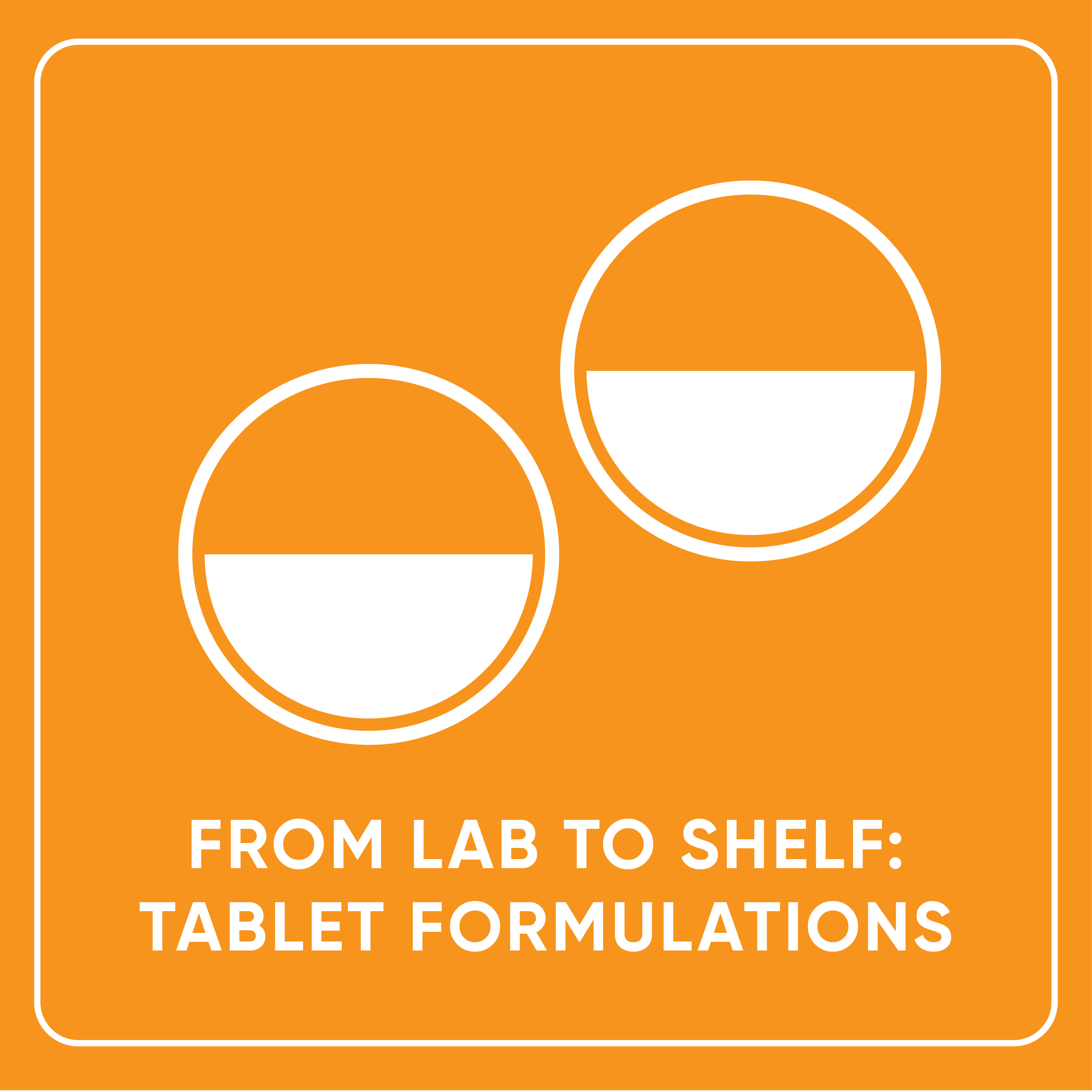Phototropism, a vital plant response to light, involves the stems leaning toward the light source while the roots spread outward. This adaptive mechanism optimizes sunlight absorption for photosynthesis. Photoreceptors, comprising a protein linked to a pigment called a chromophore, enable plants to detect light. Upon light absorption, the chromophore alters the protein's shape, initiating a signaling pathway that influences gene expression, development, and hormone synthesis. Phototropism facilitates efficient energy production during photosynthesis by allowing plants to adjust their growth according to light availability.
In this activity, participant will observe how the direction of sunlight affects plant growth by observing seedlings grown under varying light directions. This experiment can be easily conducted at home using simple materials like old boxes and green beans. By studying how the direction of light influences the growth direction of green bean seedlings, participants can explore the phenomenon of phototropism firsthand.
In this activity, participant will observe how the direction of sunlight affects plant growth by observing seedlings grown under varying light directions. This experiment can be easily conducted at home using simple materials like old boxes and green beans. By studying how the direction of light influences the growth direction of green bean seedlings, participants can explore the phenomenon of phototropism firsthand.
Biodiversity Wonderland: A Zoological Extravaganza
Introduction: Zoological specimen displays provide a tangible and immersive learning experience....
Traditional Steam Spa ‘Native style’
Introduction: Experience a Traditional set-up of spa – ‘Native Style” incorporated with Borneo’s...
Endangered Species Bingo
Introduction: Endangered Species Bingo is a fun and educational game that raises awareness about...
DIY Botanical Bookmarks
Introduction: Creating DIY botanical bookmarks is a delightful and creative way to merge the...
Essential Oil Extraction by Distillation Technique
Essential oils are complex volatile aromatic compounds produced by plants mainly classified as...
Scent Box
Common household herbs and spices like cloves exhibit repellent effects towards insect. These can...
DIY Aromatic Charm
Every essential oil has different properties and effects, so it is important to find the ones that...
The Smell Detective
Smells bring about memories or have an emotional effect on us, be it nostalgic, comforting,...
Magnetic Braking (Eddy current brake)
Unlike mechanical brakes, which are based on friction and kinetic energy, magnetic braking is a...
Protein Bulding Blocks
One of the fundamental principles in Molecular Biology field is understanding how our genetic code...
Central Dogma of Molecular Biology
The Central Dogma of Molecular Biology is like a playbook that explains how information in our...
Human Anatomy
Welcome to an exploration of the human body's anatomy! The human body is a marvel of complexity,...
Know your Edible Mushrooms
Join us on a gastronomic adventure as we delve into the fascinating world of edible mushrooms....
Yeast for Biofuel
Yeast specifically oleaginous yeast can produce lipids (long-chain fatty acid esters) that can be...
Microbial Mindbender
Welcome to Microbial Mindbender, a thrilling quiz game delving into the microscopic world of...
Earthworm and Microorganism Quests
A soil ecosystem comprises a diverse community of organisms residing within the soil, where they...
Biohydrogen from Microalgae
Microalgae have the ability to produce hydrogen through biological processes called biophotolysis...
Microalgae Cell Factories
Microalgae, coupled with microbial can generate electricity using microalgae-microbial fuel cells...
Microalgae as CO2 Sequestrator
Microalgae play a critical role in capturing carbon dioxide (CO 2 ) from the atmosphere through...
Microalgae Visual Quality Check
Microalgae are receiving a lot of attention worldwide because they can be used in many different...
Plant Phototrophism
Phototropism, a vital plant response to light, involves the stems leaning toward the light source...
Exploring Plant Tissue Culture
This is a dynamic presentation featuring interactive slides and quizzes aimed at gauging...
Unleash Nature's Palette!
Chromatography is a powerful analytical technique used to separate and identify components within...
Refraction and Magnification
Magnification is like using a magic glass to make tiny things look bigger, or distant stars seem...
From Lab to Shelf: Tablet Formulations
Tablet pressing is a crucial step in the production of pharmaceuticals and health supplements, as...
From Lab to Shelf: Capsule Formulations
Capsule formulations play a crucial role in pharmaceuticals, dietary supplements, and various...
It's Elemental
The periodic table is a fundamental tool in chemistry, allowing scientists to predict the...
Molecule Mastermind
Chemistry is often described as the study of matter and its transformations, and at its core lies...














